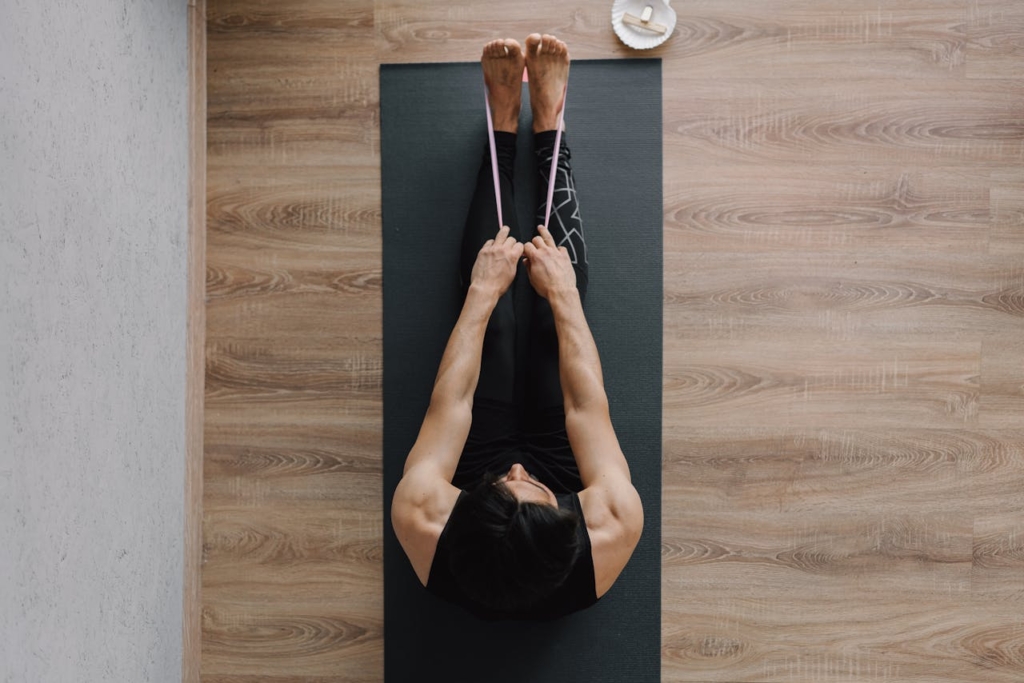Creating a home gym used to be a luxury. Today, it’s an attainable and even preferable option for many people prioritising convenience, privacy, and long-term savings. As we move into 2025, evolving technologies and shifting lifestyles are reshaping how we think about fitness at home. Whether you’re tight on space or unsure about commitment, this guide explores smarter, more cost-effective strategies for setting up a home gym that suits your goals and budget.
Prioritise Functionality over Flash
It’s tempting to buy high-end, multi-functional machines that promise the world. However, building a smart home gym starts with understanding your actual needs. Are you focused on cardio, strength, flexibility, or a mix of all three? Begin with the essentials:
-
Adjustable dumbbells
-
Resistance bands
-
Foldable treadmills or exercise bikes
-
Pull-up bars
-
Smart fitness mirrors
These items offer flexibility and are easier to store, especially in flats or smaller homes. Unlike gym memberships, where you’re limited by equipment availability or peak-hour crowds, a home setup allows you to tailor every workout environment to your comfort.
Embrace the Rental Revolution
One of the smartest trends in 2025 is the growing popularity of renting gym equipment. Renting allows you to avoid large upfront costs while offering flexibility and freedom from maintenance. As your fitness goals change, you can simply swap one machine for another. For example, if you start with a treadmill but later decide to focus on strength or endurance, you can upgrade to a rowing machine or another type of equipment.
Renting is also especially practical for those in shared or smaller living spaces, where both storage and budget are important factors. Many people choose to rent from providers like rentacentre.com for a seamless, hassle-free experience, allowing them to stay committed to their fitness without long-term financial strain.
Leverage Smart Tech for Better Workouts
Fitness in 2025 is all about integration and personalisation. Smart gym equipment now connects with apps and wearable devices to deliver real-time feedback, adaptive resistance, and AI-generated training routines. These features allow users to monitor progress, receive customised coaching, and maintain consistent motivation.
Health tracking tools also provide insights into heart rate variability (HRV), training load, calorie expenditure, and recovery metrics, supporting a more scientific approach to everyday fitness. This helps you train smarter, not harder; reducing the risk of burnout while ensuring steady improvement.
Many virtual platforms offer live and on-demand workouts that replicate the energy of a group class without the commute. These digital services make professional training accessible at home and cater to different fitness levels, goals, and preferences.
Design for Motivation and Space Efficiency
A smart home gym isn’t just about what equipment you choose; it’s also about the environment you create. Choose a well-lit space, add mirrors to enhance the sense of space, and use storage solutions like wall-mounted racks and under-bed containers.
Motivational quotes, a Bluetooth speaker, and even scented candles can create a welcoming atmosphere that encourages regular use. If your setup shares space with a guest room or living area, opt for foldable or wheeled equipment that can be tucked away when not in use.
A Fit Future Starts at Home
In 2025, building a home gym is less about having a spare room and more about making savvy, flexible choices that suit your lifestyle. With rental options, smart tech, and multi-functional equipment, anyone can create an efficient, inspiring space to stay active—without breaking the bank or sacrificing convenience.

